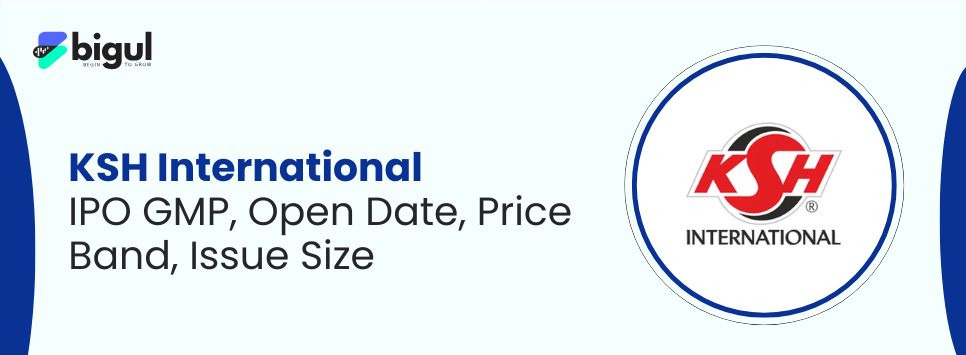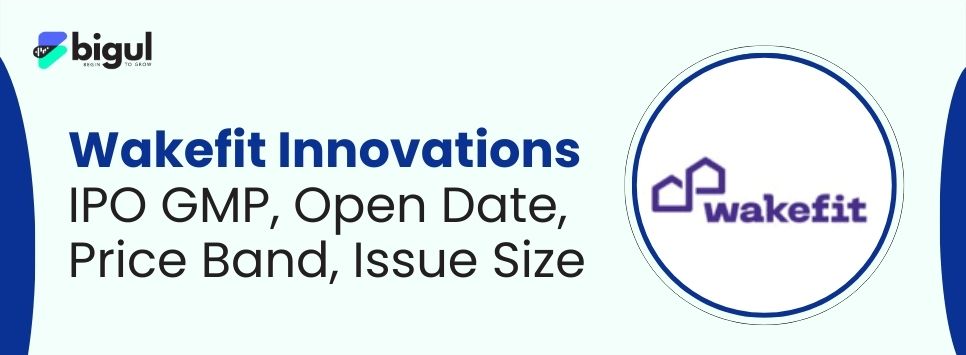Indian Markets have seen a fantabulous increase in volumes in the past year thanks to the corona period when everybody was locked in their homes and one of the options to gather some financial growth was the capital markets. The first indicator which shows and confirms this is the number of demat accounts which has surpassed the 10 crore mark with a surge of 34 percent on yearly basis. The increased financial activities, financial literacy, and the growing popularity of trading in Nifty and Bank Nifty options especially amongst the youth have been some other major reasons behind the surge.
Apart from the world of investing, the market and the related market participants are now more fascinated with Nifty, Nifty futures, and the derivatives markets where some dramatic increases in volumes have been witnessed. We have observed that many new market participants are entering the markets month by month when the opportunity is seen by them. Let us discuss some of the terms and the basic of the benchmark index Nifty and the related terms that one should know if they want to trade in the markets.
Nifty50 Index: (As per NSE)
The NIFTY 50 is a diversified 50 stock index accounting for 13 sectors of the economy which are the most contributing areas to the country’s growth. It is used for a variety of purposes such as benchmarking fund portfolios, index-based derivatives, and index funds. The index is owned and managed by NSE Indices Limited (formerly known as India Index Services & Products Limited) (NSE Indices). NSE Indices is India’s specialized company focused on the index as a core product.
The NIFTY 50 Index represents about 62% of the free float market capitalization of the stocks listed on the index as on September 30, 2022. The total traded value of NIFTY 50 index constituents for the last six months ending September 2022 is approximately 41% of the traded value of all stocks on the NSE. The impact cost of the NIFTY 50 for a portfolio size of Rs.50 lakhs is 0.02% for the month September 2022 and the index is ideal for derivative trading with respect to the stocks and other indices like Bank Nifty and Financial Nifty.
Nifty Futures & its basics:
If we talk about the derivatives market journey in India, Nifty Futures has a very special position in the minds of traders and investors. The ‘Nifty Futures’ is the most widely traded futures instrument and is the most liquid contract to be traded. It is also to be noted that Nifty is one of the top 10 index futures contracts traded in the world.
As we know the futures instrument is a derivative contract that derives its value from an underlying asset. In the context of the Nifty futures, the underlying of it is the Nifty index itself. This means if the value of the Nifty Index goes up, then the value of Nifty futures also goes up. Likewise, if the value of the Nifty Index declines, so would the Index futures.
The lot size of Nifty is 50 shares before it was 75 shares per lot which means a one-point increase will lead to a gain of around 50 rupees for the trade and vice versa. Apart from the Nifty which can be traded in the Indian exchanges, there is one more contract that is listed in the Singapore exchange which is SGX Nifty. Let us show some light on this term as well.
What is SGX Nifty and its uses in India:
SGX Nifty which is also known as Singapore Nifty is Indian Nifty future listed in the Singapore exchanges. The settlement is done on the basis of closing the Nifty contracts on an expiry basis. It gives flexibility to the international players to take the position in the SGX Nifty after the close of the Indian markets.
it is also considered a good indicator for the domestic market players about where Nifty will open for the next day. This is the main reason why many traders do track the SGX Nifty post-market closing to get the cues for the next trading session. SGX Stock Exchange also allows investors to take positions in different products including China A50 index, FTSE, MSCI Asia, MSCI Singapore, MSCI Hongkong, etc.
Nifty is one of the popular indices in India and on the global front:
So, as per the above data, it is clear that apart from being a domestic as well as an international front. If a trader wants to trade in the derivative market, one should look for trading in the Nifty contracts first to get the basics clear as it is one of the most easily understandable and tradable index on the exchanges. On the other hand, it will give them market exposure as well where the sentiment of the index will be totally accounted which is not possible if you trade with individual stocks or companies in cash or derivative markets.








.jpg)
.jpg)
